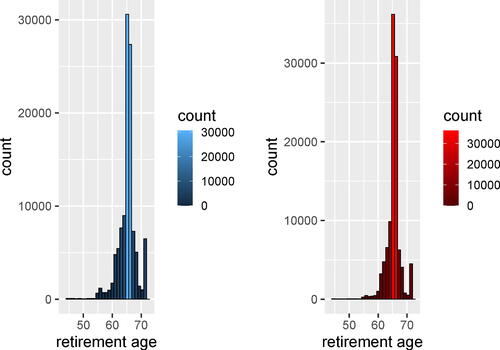Figures & data
Fig. 1 Illustration of the convolutional neural network used in the simulations and the real data study. Each layer, contains different number of channels Ei, where E0 (not shown in the figure) is the number of time series in the set of input covariates. Each channel (feature map) in a given layer is formed by first applying
number of kernels (convolution filters) on the vectors in layer i–1 and then summing the results. There exist some covariates which are not time series. Inclusion of those vectors in the neural network is not illustrated in the figure for simplification purpose. A fully connected feed-forward structure has been used for those covariates and the results are then combined with the results from the time-series data in the flattening layer demonstrated above.

Table 1 Setting 1 DGP: Bias, standard errors (both estimated, Est sd, and Monte Carlo, MC sd), MSEs and empirical coverages for 95% confidence intervals over 1000 replicates.
Table 2 Setting 2 DGP: Bias, standard errors (both estimated and Monte Carlo), MSEs and empirical coverages for 95% confidence intervals over 1000 replicates.
Fig. 2 Retirement age for men and women who belong to the cohorts born in Sweden 1946 and 1947. The last staple in each histogram displays those who retired at age 71 or later.

Table 4 Effect of early retirement on survival (binary outcomes death = 1), during five years of follow up for the early retirees, and 95% confidence intervals.
Table 3 Effect of early retirement on number of days in hospital during five years of follow up, for the early retirees, and 95% confidence intervals.
